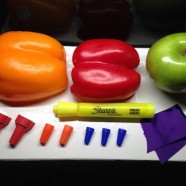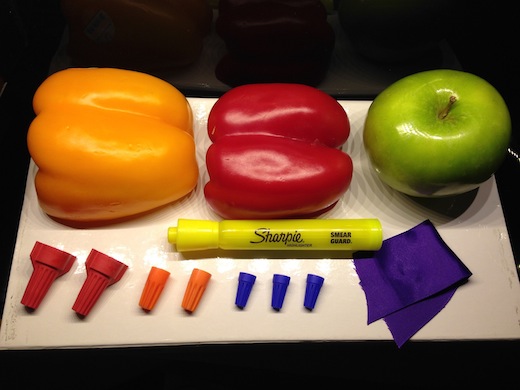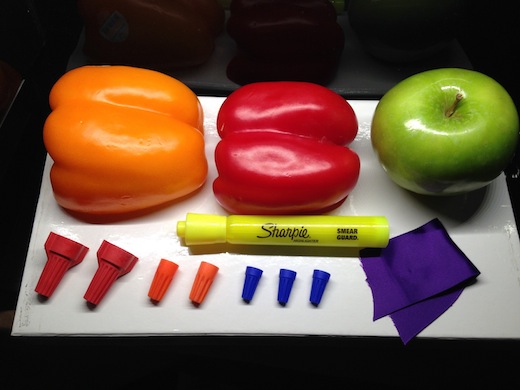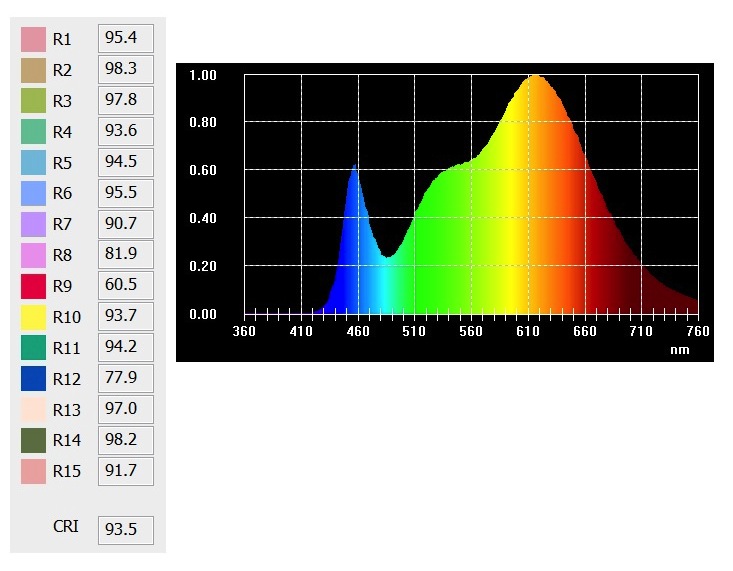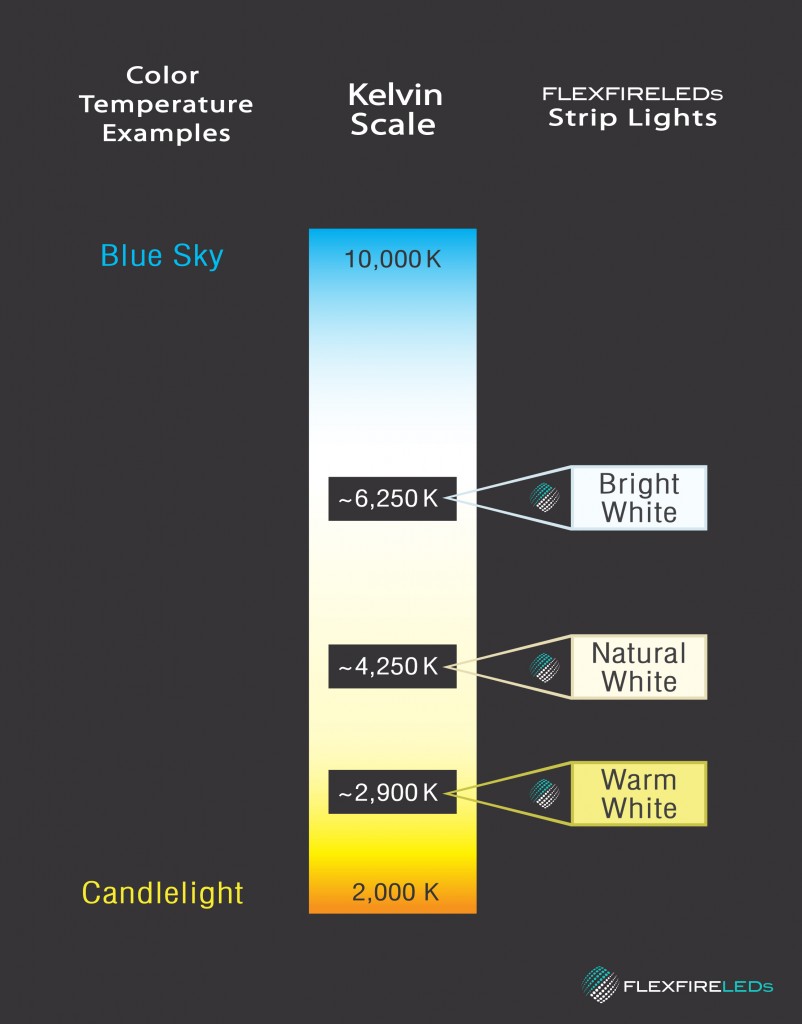Why You Should Care About CRI
CRI, or Color Rendering Index, is the latest buzzword in consumer lighting circles. With the current phasing out of traditional incandescent bulbs, many consumers are scrambling to understand their remaining choices. Savvy lighting manufacturers understand this, and have invested a great deal in educating customers about things like color temperature, lumens, and now CRI.
So how does CRI work? Basically, take a light bulb and shine it onto a few bright, colorful items. How natural do their colors look? Color Rendering Index is a mathematical measure of this, where a light source is tested and given a score from 0-100. Any light bulb, tube, or strip that measures greater than 90 is typically considered “High CRI”, and thus very effective at rendering natural-looking color at a given color temperature. As a point of reference, many of the fluorescent or other types of lighting that people consider “harsh” or “artificial” measure in the 50-70 CRI range.
Take a look at the two photos above. In the first photo, under lights rated at CRI 57, the orange bell pepper has lost much of its natural color, appearing almost yellow. Similarly, the green apple, red bell pepper, and yellow marker appear dull and lifeless. In the second photo, under CRI 93 lighting, the colors are much more alive in comparison, down to the white board on which everything is placed.
Testing for CRI requires special machinery designed specifically for this purpose. During this test, a lamp is shone onto eight different colors (or “R values”), termed R1 through R8. The lamp receives a score from 0-100 for each color, based on how natural the color is rendered in comparison with how the color looks under a “perfect” or “reference” light source at the same color temperature as the lamp (i.e. natural sunlight at 5,600k, or a candle at 1,850k). The lamp’s eight scores are then averaged to determine its official CRI. Below are the test results for Flexfire LEDs UltraBright High CRI Strip Lights. Note that such tests typically produce results from R1 through R15, even though only R1 through R8 are used to calculate a lighting product’s official CRI rating.
The “color temperature” part can be confusing, and often gets overlooked by consumers. For a better understanding, it’s important to note that light bulbs, tubes, strips and panels come in a variety of different color temperatures, measured in degrees kelvin (k). Lower color temperatures provide light in the red to yellow range – think low burning embers, or a candle. Higher color temperatures produce white to bluish light, with ultraviolet topping out at over 20,000k. Yes, you read that correctly – lower color temperature means warmer color, and higher color temperature means cooler color. Thus, a high CRI light bulb at 1,850k will render colors the same way a candle would, while a high CRI light bulb at 5,600k will make things appear as they do under bright white sunlight at mid-day. While both light bulbs would render extremely natural color, they would do so at very different color temperatures.
CRI is a big deal because it allows us to enjoy naturally accurate lighting at any color temperature we choose. This is obviously critical for commercial applications such as photography and product display cases, where it’s important to display objects in attractive, vivid color. In addition to making objects look their best, there’s a clear psychological effect on people who spend time in more naturally lit spaces. Offices and industrial factories, for example, have noted increases in employee productivity once they replace harsh fluorescent lighting.
High CRI lighting is proving equally valuable in home use, as it can transform a room by highlighting design details and providing a more natural overall feel. For years, homeowners have preferred traditional incandescent bulbs for these very reasons, in spite of their whopping energy costs and short lifespan. These drawbacks were often seen as preferable to the artificial appearance of compact fluorescent bulbs, even though they are far more energy efficient. With the recent ban on certain types of incandescent lighting, many are desperate to find an alternative solution.
High CRI LED lighting offers the best of both worlds, using a fraction of an incandescent bulb’s energy while rendering beautiful, vibrant tones across the full color spectrum. Lifespan is tremendous as well, with many LED lighting products rated to last 20 years or longer.
Because of its pleasing visual accuracy, high CRI lighting can achieve outstanding results with just one well-placed bulb or LED light strip. Contrast this with certain offices or living spaces that rely on a complex system of desk lamps and torchieres to provide just the right balance of ambient light, and consider the significant savings in energy and replacement costs.
With so many benefits, it’s easy to see why you should care about CRI when making your next lighting decision. Lighting manufacturers have begun listing CRI ratings on their products, and government initiatives such as California’s Title 24 are providing financial incentives for the installation of efficient high CRI lighting. You can therefore expect to begin hearing much more about CRI, and now you’ll know exactly what everyone is talking about.






